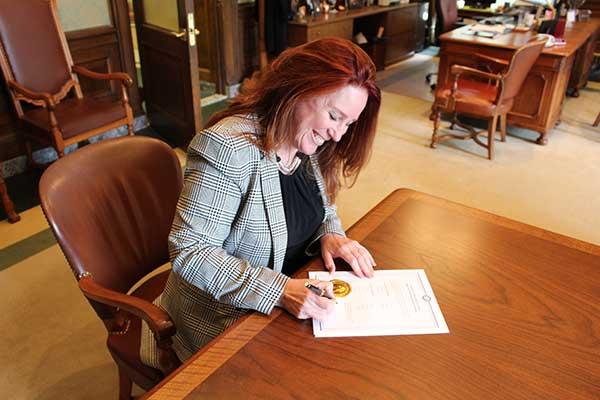Image

“Obviously many of our voters did not consider this a meaningless election and were happy to have their voices heard,” Wyman said. “The turnout was about seven times that of the much-criticized caucuses earlier this year. It was again very clear that our voters appreciate this inclusive and broad-based way to take part in the presidential nominating season. “Over 800,000 Democrats and over 600,000 Republicans responded. Think what those totals would have been like if Washington’s Presidential Primary had been at the front end of the primary season, not toward the end.”Wyman had tried to get the Legislature to move the date earlier. That bill didn’t pass, but lawmakers in both houses and both parties did appropriate the funds for the election. Democratic members of the primary date-setting committee later blocked Secretary Wyman’s proposal to move the primary up to March 8.
Image

“I am calling on the 2017 Legislature to designate the second Tuesday in March as the new date. I would suggest that lawmakers consider adding an unaffiliated ballot, to satisfy the concerns of many voters who didn’t want to be forced to designate a party choice. Given the clear message from the voters this year, I’m optimistic that both parties will choose to use the primary for their delegate allocation starting in 2020. These changes will be a big hit with the voters.”This year’s primary produced victories for the two candidates who have now secured their respective nominations: Hillary Clinton and Donald Trump. Clinton was favored by 420,461 voters to Bernie Sanders’ 383,393, 52.4 percent to 47.6 percent. Trump was the top vote-getter overall with 455,023 votes, with over 75 percent of the GOP vote, as his challengers all had suspended their campaigns before most of the Washington vote was cast. Ted Cruz had 11 percent, John Kasich 10 percent and Ben Carson 4 percent.
